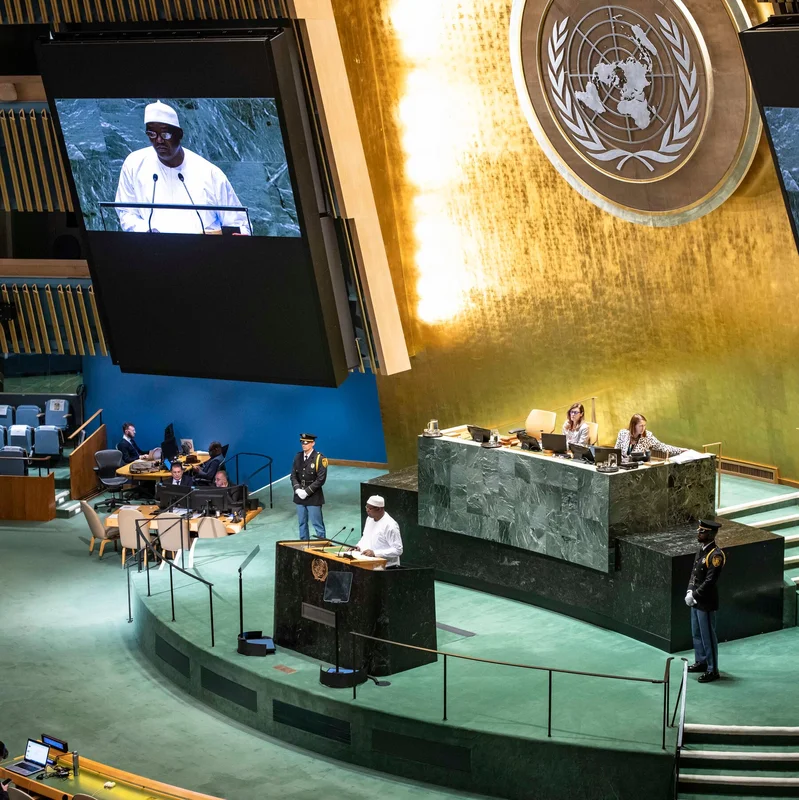Table of Contents
- Gerrymandering Redefined for the 2020s
- The Rise of Extreme Maps
- How Legal Loopholes Enable Manipulation
- What This Means for Voters
- Sources
Gerrymandering in 2025: A New Era of Political Cartography
Gerrymandering—the practice of drawing electoral district boundaries to favor one party—is entering a dangerous new phase. While the concept isn’t new, the tools, data, and legal landscape have evolved to a point where districts could soon look stranger than fiction… and still be perfectly legal.
According to a new analysis from The New York Times’ Upshot team, the next wave of redistricting could produce maps so aggressively skewed that they’d make past gerrymanders look tame by comparison .
Extreme Maps: Not Likely, But Increasingly Possible
Researchers have modeled hypothetical congressional maps that maximize partisan advantage using today’s granular voter data and algorithmic precision. These aren’t just theoretical exercises—they’re blueprints that state lawmakers could follow if courts continue to retreat from oversight.
Imagine a district that snakes through three counties, connects two college campuses via a strip of highway just 100 feet wide, or isolates urban voters into a single “packed” district to dilute their influence elsewhere. These aren’t dystopian fantasies; they’re technically feasible under current interpretations of the law.
Why Now?
Several factors are converging:
- Weaker federal oversight: The Supreme Court’s 2019 ruling in Rucho v. Common Cause declared partisan gerrymandering a political question beyond federal court reach.
- Advanced mapping software: Parties now use AI-driven tools that simulate thousands of map iterations to find the most advantageous configuration.
- State-level control: With full control of redistricting in key states, parties face little resistance to pushing boundaries—literally.
Gerrymandering and the Erosion of Guardrails
While some states have independent redistricting commissions or state constitutional protections, many do not. In those places, the only real check on extreme gerrymandering is public backlash—which often comes too late.
Even where state courts have struck down gerrymandered maps, new legal theories are emerging to justify them. For example, some lawmakers now argue that maximizing partisan advantage is a legitimate exercise of legislative power, not a corruption of democracy.
This creates a troubling feedback loop: the more extreme the map, the more it entrenches the majority party, which then has even less incentive to reform the system.
Real-World Impact: Your Vote, Diluted
The consequences of aggressive gerrymandering go beyond wonky map shapes. They directly affect representation, policy outcomes, and civic trust.
In a heavily gerrymandered state:
- A party winning 55% of the statewide vote might secure 75% of the seats.
- Competitive districts vanish, reducing accountability and encouraging political extremism.
- Voters in “wasted” districts—either overwhelmingly for one party or split to minimize influence—feel their ballots don’t matter.
As one political scientist put it: “Gerrymandering doesn’t just choose voters. It chooses which voters get to matter.”
With the 2026 midterms on the horizon and redistricting cycles in several states still active, the window to push back is narrow—but not yet closed.



